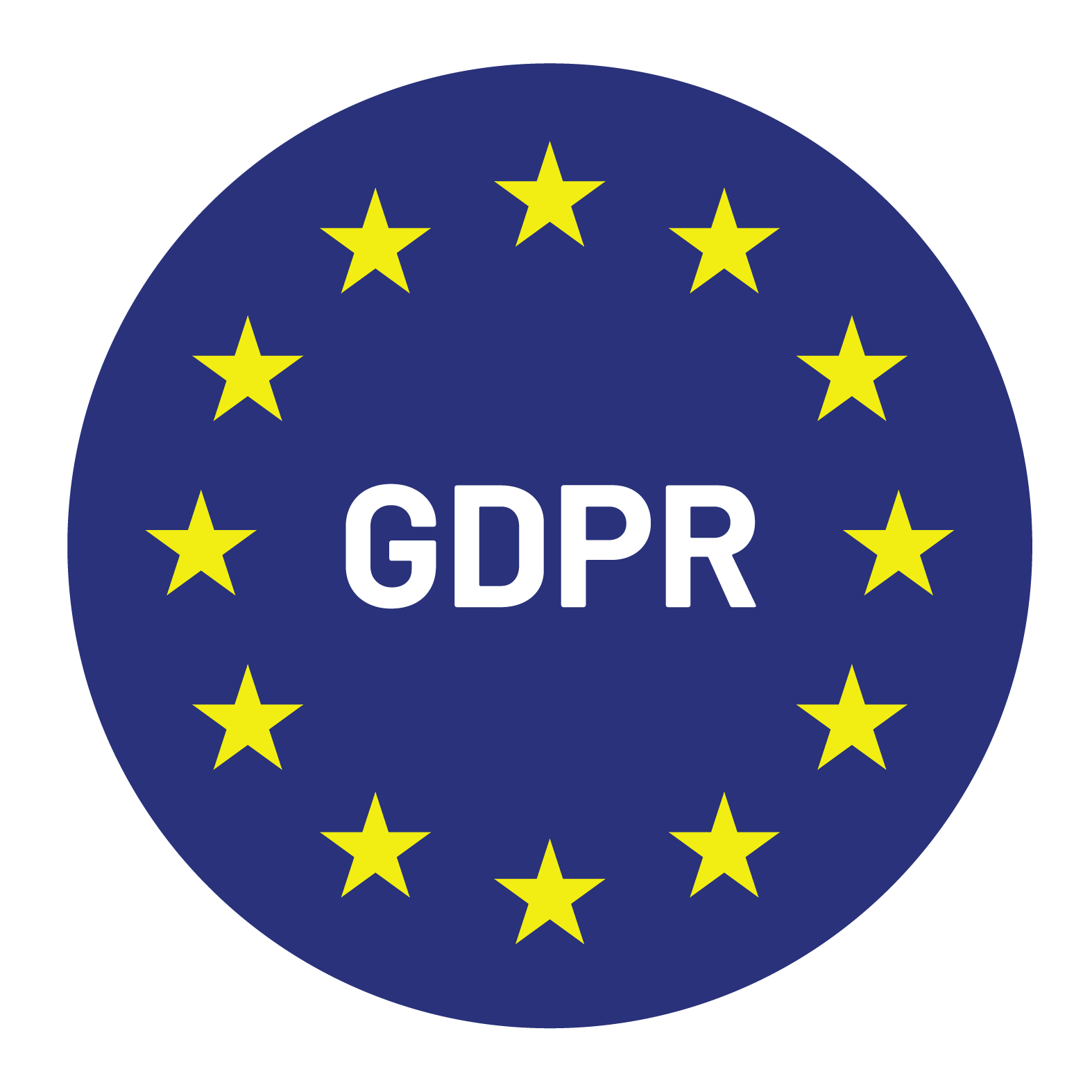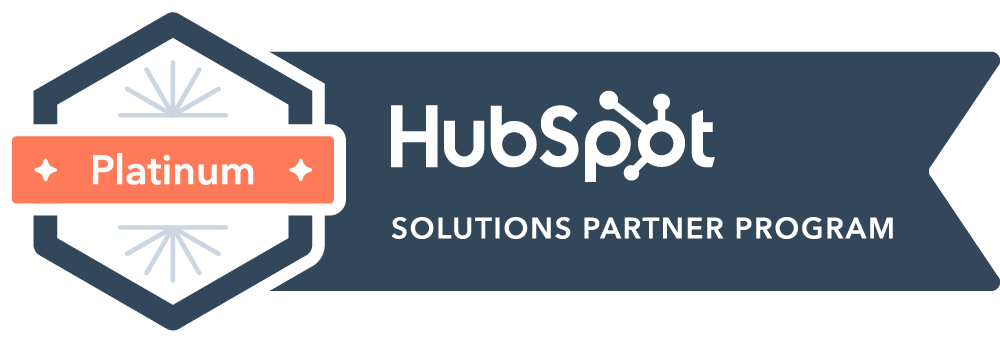

Content Writer for Whistle with multidisciplinary experience spanning over a decade.
B2B SaaS demand generation in 2026 is no longer about producing more leads but about creating qualified demand that sustains revenue growth while customer acquisition costs (CAC) continue to climb. Many SaaS leaders now recognize that lead volume alone does not equal success. Marketing must influence earlier in the buying cycle, sales must engage with sharper focus, and revenue leaders must ensure tighter alignment across the funnel.
We’re examining what demand generation in B2B SaaS looks like in 2026, how it differs from lead generation, and the strategies defining high-performing companies. From AI-powered personalization to ABM-driven targeting and data-backed measurement, we will break down the full picture. Finally, we will look at benchmarks, pitfalls to avoid, and how Whistle supports SaaS companies in building sustainable demand engines.
Demand generation is the integrated set of strategies and tactics used to build qualified interest across the entire SaaS buyer journey. Unlike lead generation, which is often transactional and volume-driven, demand generation focuses on creating market awareness, guiding buyers through consideration, and shaping intent that results in pipeline growth.
Where lead generation might hand over a contact form from an ebook download, demand generation works to ensure that by the time the prospect reaches sales, they understand the product, see its value, and are engaged with the brand.
The distinction is important. As SaaS markets mature and competition grows, generating leads without demand often results in poor conversion rates, inflated CAC, and misalignment between marketing and sales.
Growth rates in SaaS have slowed compared to the last decade. With more vendors in every category, customer acquisition costs are increasing, payback periods are stretching, and efficiency is under scrutiny. Investors are demanding predictable revenue engines, not just rapid top-line expansion.
Demand generation in 2026 must reflect this reality. It must create measurable impact across the funnel, align with revenue objectives, and balance both marketing-driven influence and sales-driven engagement.
Buying software has become more complex. Gartner reports that the average purchase decision now involves 6 to 10 decision-makers. These committees often span IT, finance, operations, and business unit leaders, each with different priorities.
At the same time, buyers complete 60–70% of their research independently before engaging a vendor. They rely on peer reviews, analyst reports, thought leadership, and dark social channels where influence is harder to track.
This means demand generation strategies in 2026 must go beyond visible touchpoints. The “dark funnel”, activity happening in communities, Slack groups, and private conversations, plays a critical role in shaping decisions. Companies that ignore these hidden interactions risk being left out of buyer consideration altogether.
The foundation of demand generation is a well-defined Ideal Customer Profile (ICP). But in 2026, this is no longer about static firmographics. Leading SaaS companies build data-rich personas that integrate intent signals, behavioral data, and firm-level insights.
For example, identifying a company that recently hired a Head of RevOps, combined with signals showing increased interest in Salesforce integrations, can signal strong buying intent for a SaaS solution in that space. These insights allow for precise targeting and higher conversion potential.
Content remains central, but it must be built to map directly to the buyer journey. At the awareness stage, webinars, podcasts, and thought leadership establish credibility. At the consideration stage, case studies and ROI-focused assets guide evaluation. At the decision stage, interactive demos and proof-of-concept offers help finalize purchase decisions.
A content pipeline in 2026 must balance formats, channels, and depth to influence across multiple stakeholders.
No single channel is sufficient. Effective SaaS demand generation uses a multi-channel approach that integrates SEO, LinkedIn campaigns, paid search, account-based marketing, and participation in dark social conversations. Each channel reinforces the others, creating consistent visibility across the buyer journey.
AI is reshaping how personalization works in SaaS demand generation. Predictive scoring models identify which accounts are most likely to convert, while AI-driven tools adapt messaging to match prospect behavior in real time. This allows companies to scale personalization without sacrificing relevance.
Automation also reduces inefficiencies, freeing sales and marketing teams to focus on strategic engagement instead of repetitive tasks.
Account-Based Marketing (ABM) is no longer optional for SaaS companies selling into mid-market or enterprise accounts. In 2026, intent data powers ABM programs by identifying which accounts are actively researching relevant topics. This ensures marketing budgets are spent on companies with genuine buying interest rather than broad, low-return outreach.
Measurement is where many demand generation strategies falter. SaaS companies must track beyond vanity metrics like impressions or downloads. The focus in 2026 is on pipeline velocity, CAC payback, and attribution models that reveal which campaigns are driving revenue impact.
With this level of visibility, marketing leaders can reallocate budget with confidence, align with sales teams, and prove ROI to stakeholders.
The first 30 days focus on establishing the foundation. This includes ICP workshops to refine targeting, a full audit of the tech stack to ensure systems can support advanced attribution, and development of a content pipeline aligned to buyer stages.
The next 30 days emphasize execution and measurement. Multi-channel campaigns are launched, early performance data is tracked, and attribution models are tested to ensure reliable insights. This is also when marketing and sales alignment checkpoints are scheduled to calibrate.
In the final stage, budgets are reallocated to top-performing campaigns, ABM programs are scaled to new target accounts, and sales-marketing alignment is strengthened. The outcome should be a measurable pipeline lift with improved efficiency and better visibility across the funnel.
Most SaaS companies allocate between 20–35% of revenue to demand generation activities. Benchmarks show CAC payback periods ranging from 12–24 months, with best-in-class companies hitting the lower end of that range.
Conversion benchmarks are equally telling. Healthy funnels show MQL-to-SQL conversion rates above 25%, SQL-to-opportunity conversion above 40%, and opportunity-to-close rates near 20%. Any significant deviation signals inefficiencies that need correction.
Whistle blends demand generation and SDR execution in one streamlined hub. Our teams convert intent into opportunity across HubSpot and Salesforce frameworks, and deliver real SaaS momentum. For example, when a fast-growing FinTech software provider needed to expand into the US, UK, and Africa, Whistle deployed geo-focused appointment setters. Within six months, we booked 78 meetings, held 46 of them, and created 29 new opportunities, all while staying adaptable as the client shifted priorities. That kind of flexibility and alignment is exactly how Whistle supports scalable, efficient demand generation, building the foundation for long-term SaaS growth.
B2B SaaS demand generation in 2026 is defined by precision, personalization, and data-driven execution. Companies that succeed will integrate ICP development, full-funnel content, AI-driven personalization, and ABM targeting into a coherent strategy.
The companies that outperform are those that treat demand generation as a continuous system, not a campaign-by-campaign effort. By aligning teams, tracking the right metrics, and optimizing regularly, SaaS businesses can build engines that drive growth and resilience.
Whistle partners with SaaS companies to build demand generation systems that deliver consistent, measurable growth. If you are refining your approach or preparing to scale, a call with our team is a chance to discuss what’s working in your market and where the biggest opportunities lie.
Lead generation is about capturing contact details to create leads, often without considering their intent or readiness to buy. Demand generation builds qualified awareness and interest across the buyer journey, ensuring sales receive prospects with real purchase potential.
Most SaaS companies allocate 20–35% of revenue to demand generation. High-growth companies often sit at the higher end of this range to fuel pipeline expansion.
Key tools include marketing automation platforms, intent data providers, ABM software, CRM integrations like Salesforce or HubSpot, and analytics platforms for attribution and performance tracking.


© Copyright – Whistle 2023